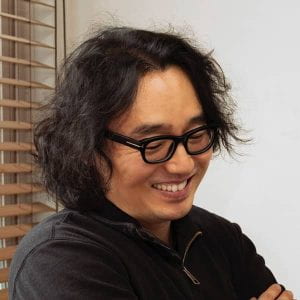
Understanding creativity – The bridge between culture and science
Keynote presentation by Juyong Park, Korea Advanced Institute of Science & Technology
 Culture and science – as disparate as they seem – are mutually inclusive, being enabling and anticipatory of each other: History is replete with examples, such as quantum physics (lasers) giving birth to modern cinema technology, and artistic wall-tile patterns leading to the discovery of new symmetries in mathematics.
Culture and science – as disparate as they seem – are mutually inclusive, being enabling and anticipatory of each other: History is replete with examples, such as quantum physics (lasers) giving birth to modern cinema technology, and artistic wall-tile patterns leading to the discovery of new symmetries in mathematics.
What connects the two is ‘creativity’, a human faculty that generates novel solutions to challenges. Considered a core driving force for cultural and scientific advancements, creativity is highly valued and cherished.
Can we, then, understand creativity scientifically? A historical analogy can be found in the transformation of ‘energy’ as a common word into a scientific quantity where the observed properties of being ‘energetic’ (hotter, higher, faster, heavier, etc.) constitute its modern understanding.
Recent advances in the study of large-scale data are opening up new opportunities for understanding creativity as well. We present an information-theoretic network method for defining the novelty and influence of creative works based on their generation probabilities reflecting the degree of uniqueness in comparison with other works. We apply the formalism to a high-quality, large-scale data set of classical piano compositions – works of significant intellectual as well as artistic value – spanning several centuries of musical history, finding that its developmental history can be characterised as a dynamic process consisting the emergence of dominant, paradigmatic creative styles that define distinct historical periods.
We also discuss more recent developments in the understanding of such network-based creativity and their significance in various types of complex systems.
